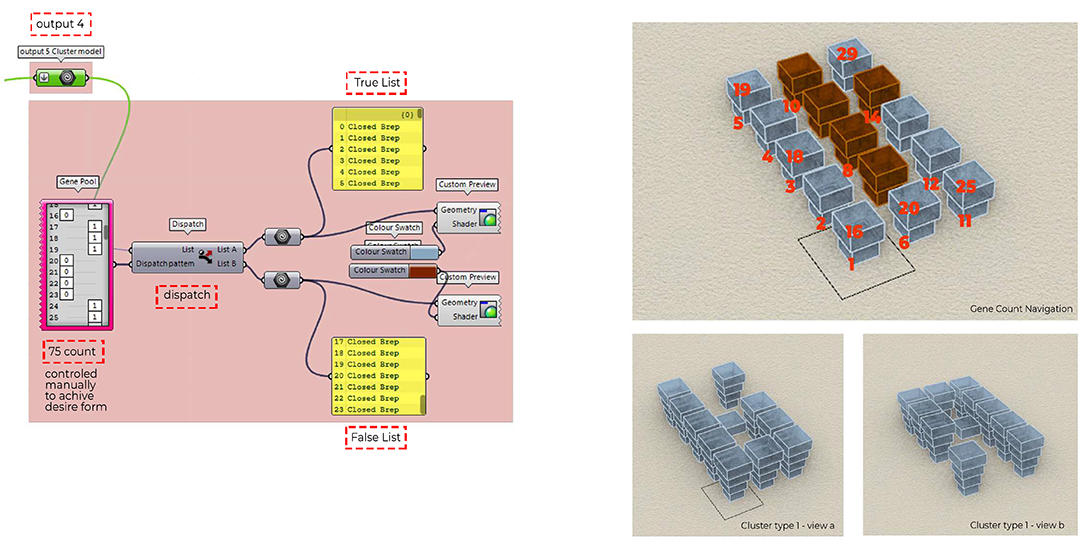Urban Sentience
Module Code UBLLV1-15-M
Faculty Built And Natural Environment
Level M
Module Leader Anas Lila
Tutors Sigita Zigure
This module is about the sentient experiences and qualities of the city. That is those things that humans, animals or indeed any living matter can sense and have a response to.
As students on the MSc Computational Architecture programme, you (as designers) might feel a need and desire to help tackle current global problems by turning to sciences (e.g., mathematical and biological systems) to understand how dynamic, complex systems emerge and work. That might well be useful. But, as you do so you must also turn to the humanities (cultural, urban, social and philosophical systems) to understand how these dynamic, complex systems exist and work. Without doing such you will fail in your endeavours as responsible designers. To address that need to bring such different perspectives into play, this module is set up to introduce you to the innovative and creative methods that computational design offers responsible architecture by exploring a problem that requires a consideration of the humanities to arrive at a meaningful outcome. To do this you will be set a problem to consider.
In order to address the problem described by the brief (below) you are invited to adopt (not necessarily uncritically) the concept that suggests that we must learn from and reciprocate to ecological and biological systems in thinking at the urban scale. You are to do so in a setting that demands an grasp of the complexity of urban reality.
The module is a studio-based and you will work in small teams collaboratively investigating complexity to develop an urban proposal. The scope of the investigation roughly covers a small township or a city neighbourhood. In summary that response will involve collectively identifying, selecting, and implementing a suitable algorithm to respond to design challenges, towards an innovative solution


